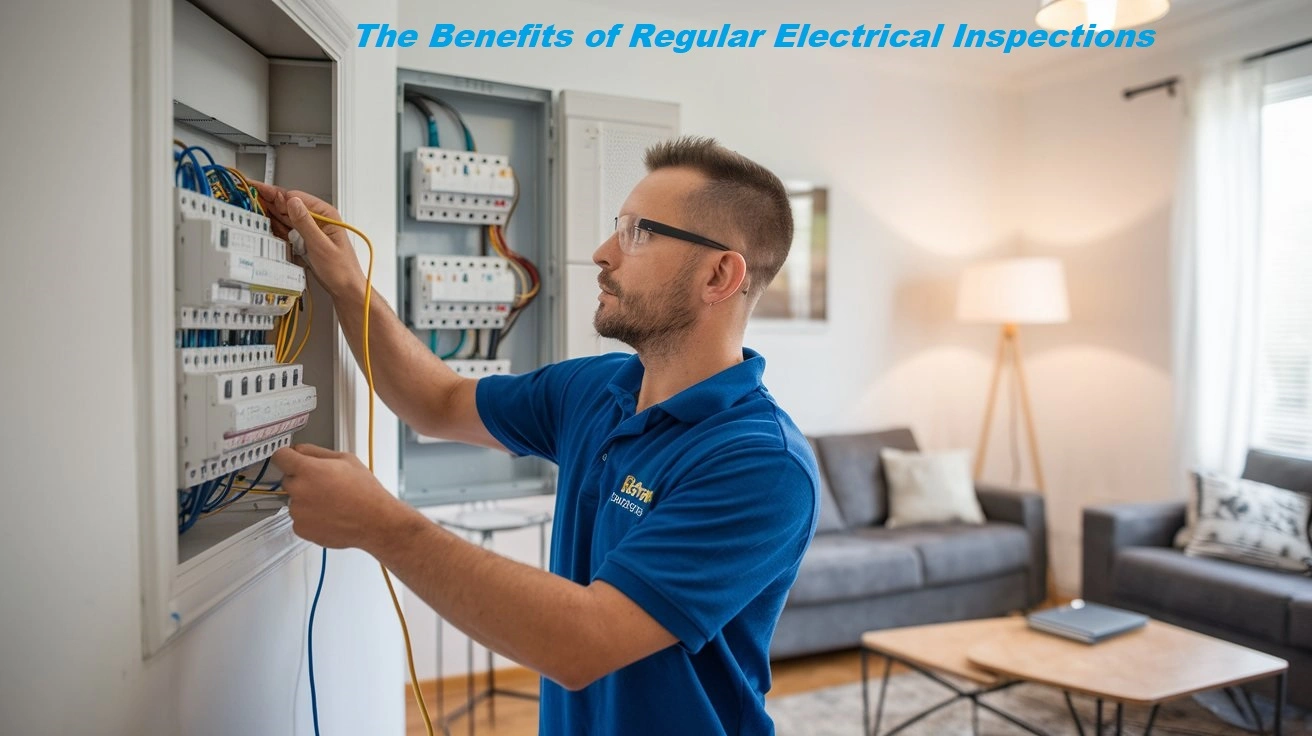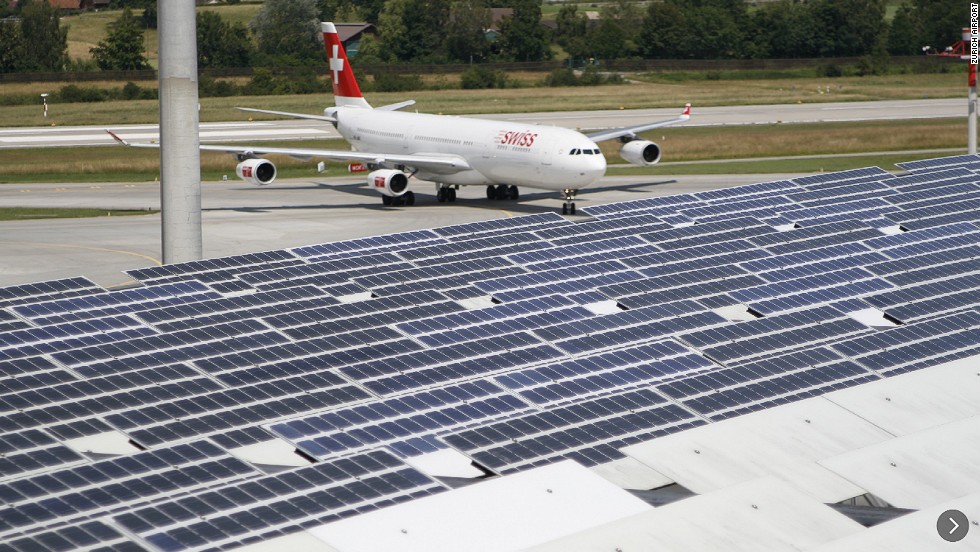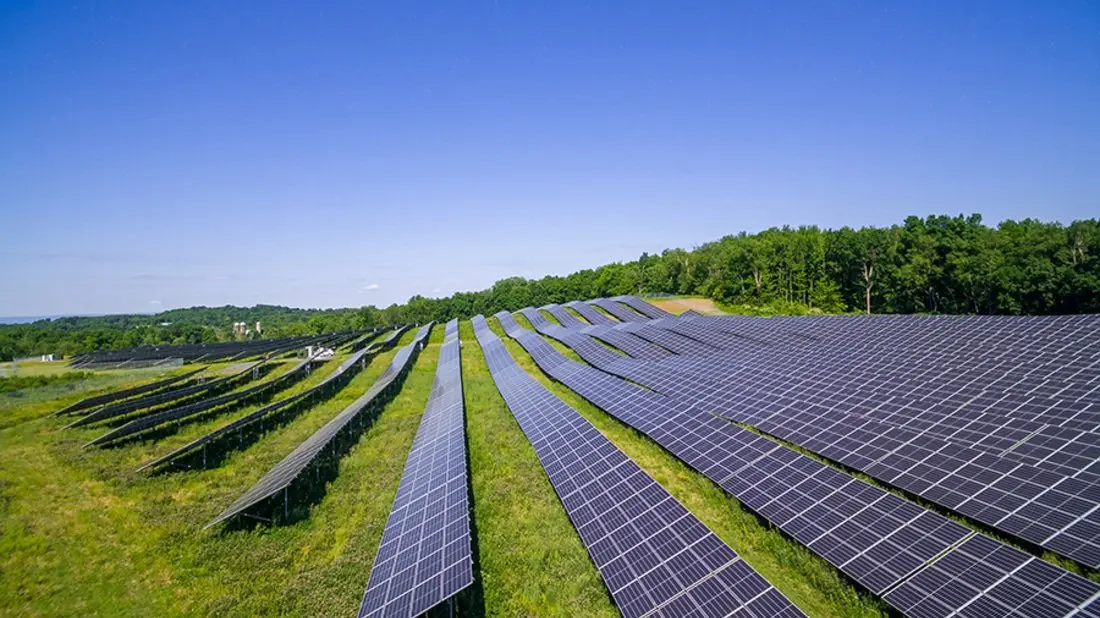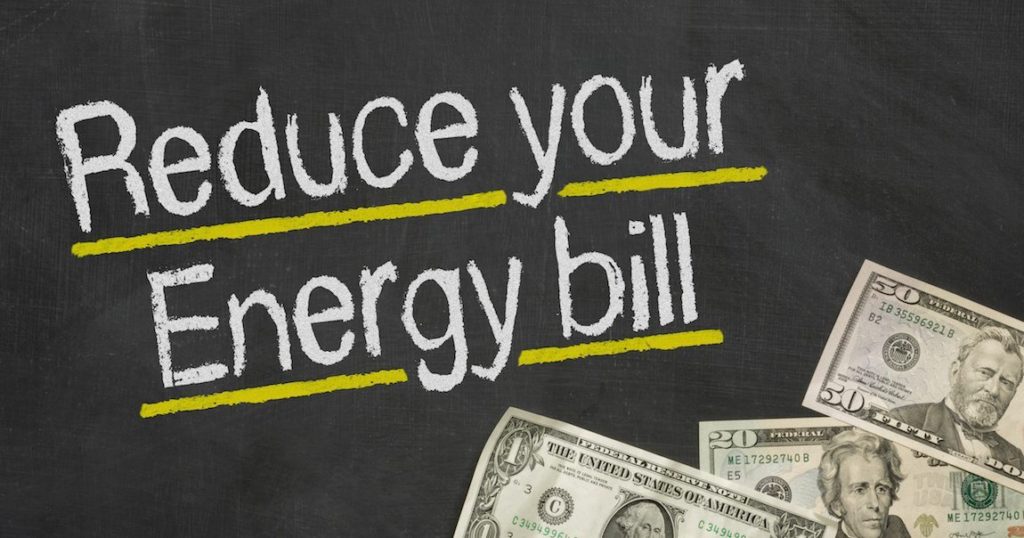Understanding the EV Powertrain is key to understanding how an Electric Vehicle operates. The main aim of the EV powertrain is to generate energy from a Power source by a conversion device and deliver it to the wheel. This process makes the vehicle run. Compared to conventional internal combustion engines, EVs have fewer moving components. EVs also have lower operating costs and require less maintenance.
Reducer
The reducer is the component that translates electric energy to mechanical energy, which then powers the drive shafts connected to the wheels. This part is responsible for transmitting torque and speed to the car’s wheels, which gives drivers control of the vehicle’s acceleration and braking. Most EVs use a single-ratio transmission with a planetary gear system to simultaneously deliver power to the front and rear wheels. It simplifies the system and allows EVs to transfer 70 to 98% of their power to the wheels. It also eliminates the need for a multi-speed transmission, so fewer parts mean less wear and tear.
The traction motor, MCU and reducer are combined into a three-in-one eAxle for greater power density and cost efficiency. It also improves the functionality and efficiency of the EV drivetrain by eliminating unnecessary components like clutches. The MCU can also adjust power to the electric motor in real time, providing the right amount of torque on demand. EVs offer a zero tailpipe emissions alternative to traditional cars with instant acceleration and a quieter ride. They can travel farther on a charge than hybrids and have more range in their all-electric mode, with the ability to use Level 2 charging at home or at a public charger for faster charging times. There are powertrain solutions from providers like Delta Electronics that optimize energy use at the component, architecture and control levels for maximum efficiency, performance and safety.
Battery
The battery is the heart of an EV powertrain. It stores energy and provides current to an electric motor to propel the vehicle or converts regenerative braking into stored electricity for later use.
EV batteries come in all shapes and sizes, depending on the physical cell structure and battery chemistry. Some EVs have cylindrical cells, while others have prismatic and pouch cells (coin cells are only used in research and development for testing purposes). The amount of EV cells varies by carmaker, but each is a pack of hundreds of individual cells or modules. Each battery module contains small pockets of nickel, cobalt and lithium that make up the ‘cell’ of the battery. The individual cells are then packed into a single battery pack, usually conditioned to maintain an optimum operating temperature irrespective of the summer or winter weather outside. Batteries produce a lot of heat while charging and discharging, so they must be cooled to operate efficiently. Typically this is achieved using a sealed coolant that can carry the heat away from the cells and release it into the air.
As demand for EVs surges, the supply of key battery ingredients is under strain. The Democratic Republic of the Congo is home to two-thirds of the world’s cobalt reserves, which raises concerns about human rights violations and environmental damage. However, the industry is progressing in developing alternatives and new technologies to improve efficiency and increase range without the need for rare earth metals.
Motor
Your EV’s motor transforms electrical energy into mechanical energy, which moves the wheels. Unlike internal-combustion engines, which have hundreds of moving parts, electric motors can run for longer, at a lower cost and produce fewer emissions. Electric vehicles (EVs) convert the direct current (DC) from the battery pack into alternating current for the motor using inverters. The inverter also regulates the frequency of the current to control torque.
A cylinder-shaped stator motor contains tightly-wound copper wires through which the alternating current from the inverter runs. As the current alternates, the rotor’s magnetic poles attract and repel each other to spin the motor. This spinning motion generates the force that propels your EV. After the transmission regulates the motor’s rotational speed, the final reduction drive transforms it into high-torque output for acceleration. The final drive ratio varies depending on the vehicle’s specifications and driving conditions. The power electronics controller regulates how the battery is charged and used and controls auxiliary car components like windshield wipers. It uses semiconductor-based power electronics switches to improve efficiency, reduce heat and increase power density.
Transmission
Despite being less well-known than the engine, an EV’s power transmission system is one of its most important components. It is because the transmission takes the power stored in the battery system and sends it to the electric motors that ultimately drive the vehicle. As with the battery, the power that’s delivered by the transmission is crucial to an EV’s range and performance. Unlike an internal combustion engine that requires multiple gear ratios to make peak power from zero revs, EV motors provide instant torque at a fixed speed, making the transmission simpler and more compact. The traction inverter in an EV is a power electronic device that primarily converts DC from the battery pack into AC to run the electric motor(s) through a reduction drive.











